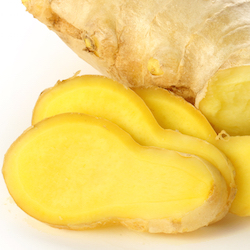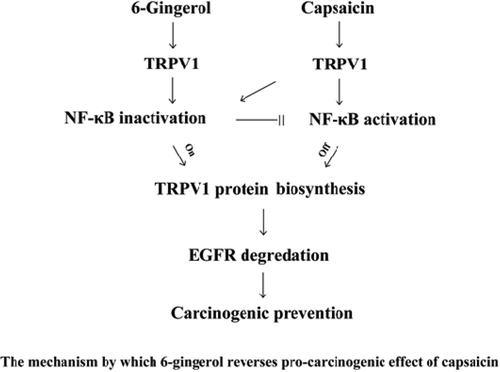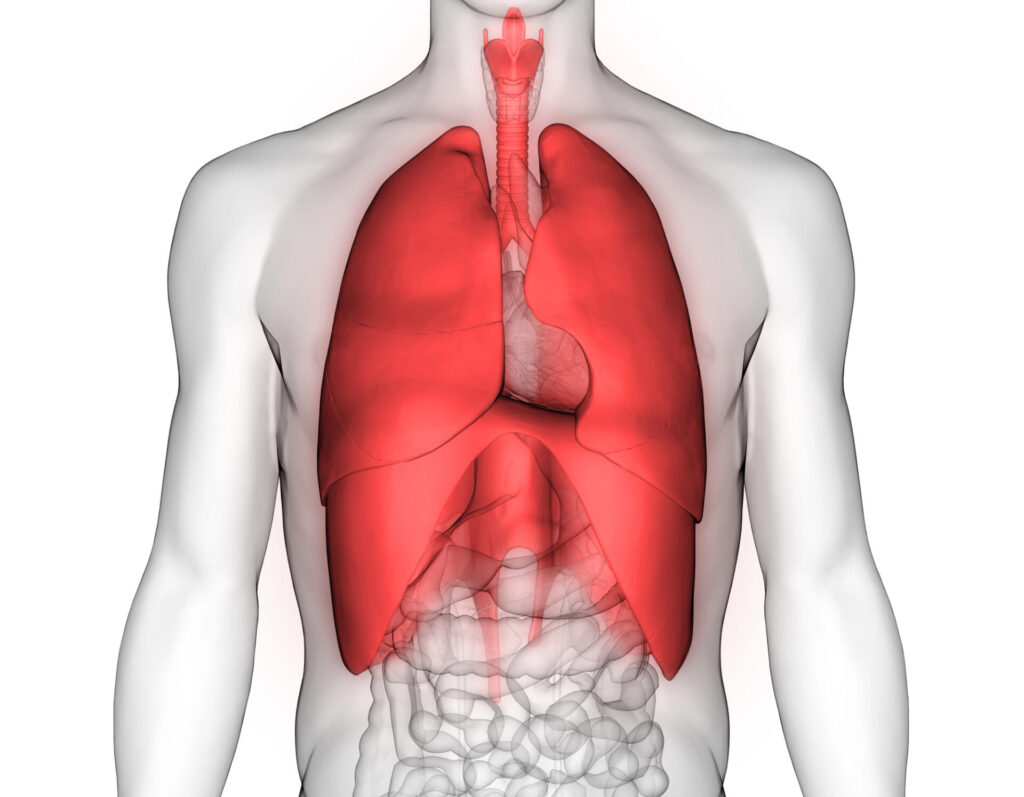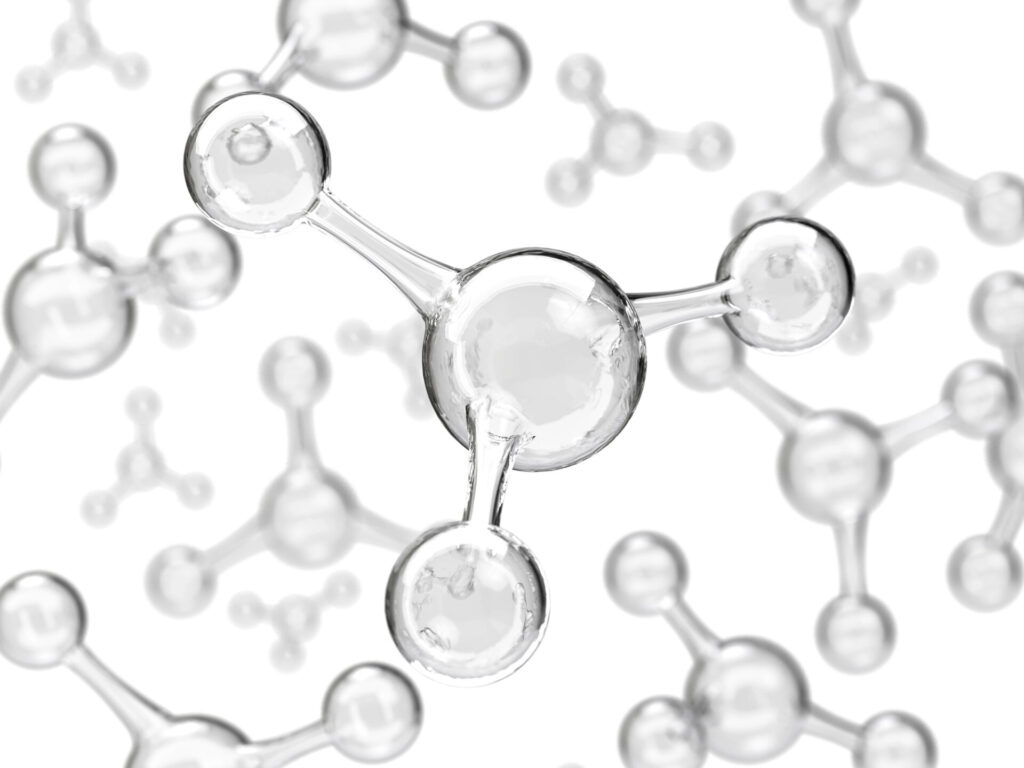by Peyton Pritikin
A compound in ginger, called 6-gingerol, could counteract the risk of stomach cancer in Asian cultures who consume high amounts of spicy foods. Capsaicin has many health benefits, but research shows that the compound that gives peppers their kick can also lead to a higher risk of cancer. This study provides an interesting theory that deserves more study: by adding ginger to diets heavy in chili peppers it could decrease the risk of cancer development.
An early mouse study shows that 6-gingerol, the compound that gives ginger its pungency, may also counteract capsaicin’s harmful effects. The study appears in ACS’ Journal of Agricultural and Food Chemistry.
The lead researcher in the study, Jiahuan Li, Gangjun Du, says that both capsaicin and 6-gingerol bind to the same cellular receptor, the very one related to tumor growth.
Here is how it played out: “Researchers fed mice prone to lung cancer either capsaicin or 6-gingerol alone, or a combination of both. All of the mice that received only capsaicin developed lung carcinomas while only half of the mice fed 6-gingerol did. Surprisingly, an even lower percentage — only 20 percent — of the mice given both compounds developed cancer.”
The researchers also dug into the potential molecular underpinnings of how the compounds interact to lead to this effect. Here is a summary of what they found (see image below):
- Both gingerol and capsaicin are agonists of TRPV1, which can negatively control tumor progression.
- The combination of 6-gingerol and capsaicin reversed the cancer-promoting effect of capsaicin (carcinoma incidence of 100% versus 20% and multiplicity of 35.6 ± 5.2 versus 4.7 ± 2.3; P < 0.001).
- The cancer-promoting effect of capsaicin was due to increased epidermal growth-factor receptor (EGFR) level by decreased transient receptor potential vanilloid type-1 (TRPV1) level (P < 0.01) .
- The capsaicin-decreased EGFR level subsequently reduced levels of nuclear factor-κB (NF-κB) and cyclin D1 that favored enhanced lung epithelial proliferation and epithelial–mesenchymal transition (EMT) during lung carcinogenesis (P < 0.01).
- In contrast, 6-gingerol promoted TRPV1 level and drastically decreased the levels of EGFR, NF-κB, and cyclin D1 that favored reduced lung epithelial proliferation and EMT (P < 0.01).
The authors acknowledge funding from the National Natural Science Foundation of China. “Gingerol Reverses the Cancer-Promoting Effect of Capsaicin by Increased TRPV1 Level in a Urethane-Induced Lung Carcinogenic Model” Journal of Agricultural and Food Chemistry
Save
Save
Save
Save






